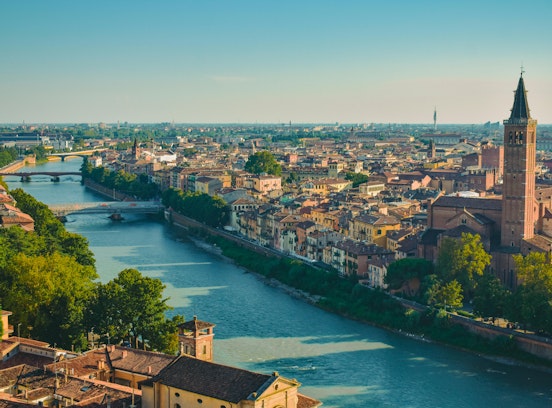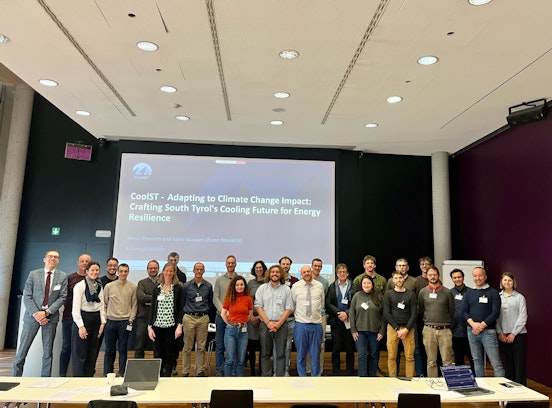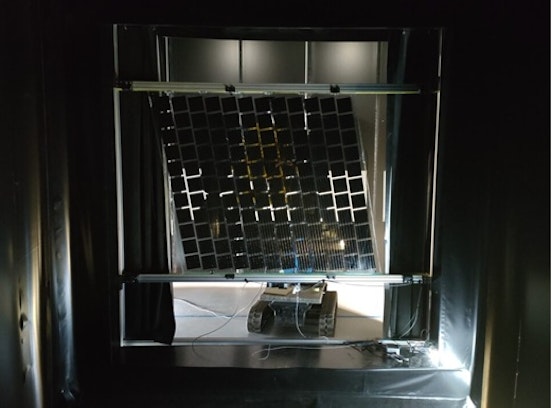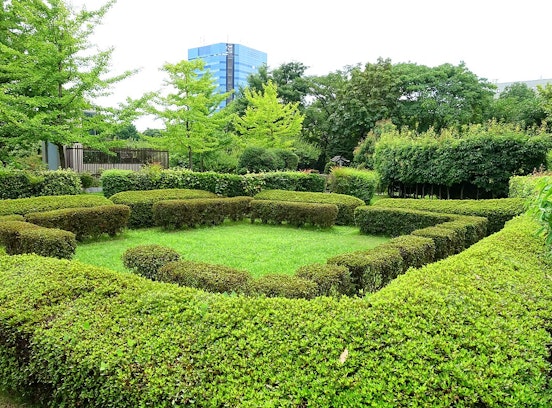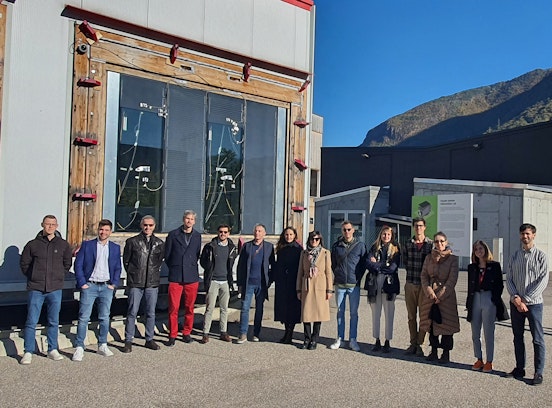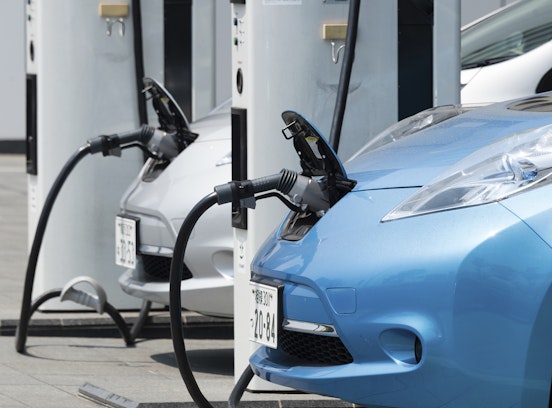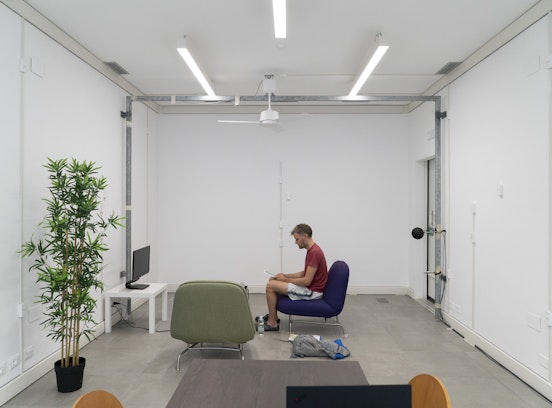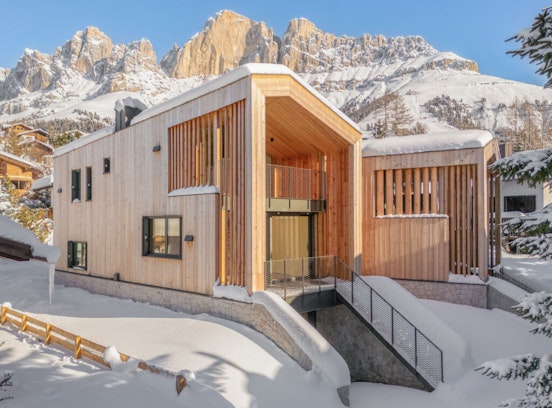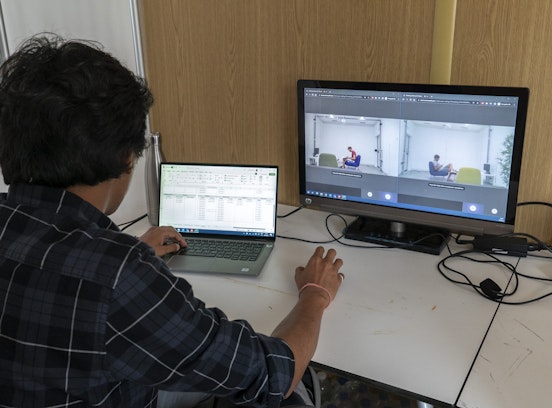Institute for Renewable Energy - Energy retrofit of historic buildings - News & Events - Retrofit of historic alpine building
Retrofit of historic alpine building
Reviving an Alpine hut through Community Engagement and Sustainable Technologies: The Valbrenta case-study
In a picturesque valley nestled within the majestic mountains, lies a testament to the history of Valbrenta’s community. The ex-tobacco farm refurbishment project, spearheaded by Eurac Research, starts the journey of this building's transformation into an energy self-sufficient alpine hut. The core objective of this study, recently published in the scientific journal Buildings was to give new life into a historic structure that had long been forgotten, converting it into an asset for the local community and an exemplar of sustainable refurbishment.
Eurac Research lead this multifaceted investigation, engaging in a participatory planning process that brought together local stakeholders, designers, and researchers. Through a tailored energy assessment, which was based on the architects design concept and several community engagement activities, the researchers' team crafted an energy concept focused on minimizing consumption and maximizing the use of on-site renewable energy sources, particularly through Building Integrated Photovoltaics (BIPV).
"This study developed and used an innovative holistic approach to the refurbishment of historic buildings in challenging environments, which include technological and community engagement actions: by integrating BIPV in a manner that respects the building's original appearance and leveraging local biomass resources, the project exemplifies how energy self-sufficiency can be achieved without compromising historical or aesthetic values...*the participatory planning process underscores the importance of community involvement in preserving cultural heritage, offering a replicable model for similar endeavors worldwide." says researcher Dario Bottino-Leone, first author of the article
The complete scientific article is available here
This work has been funded by the European Union through the research project Interreg ITA-AUT SHELTER - Smart rural heritage along tourism routes (code project: ITAT2041, tender: Interreg V-A Italia-Austria—2018) and was disseminated within the SDEWES 2023 conference in Dubrovnik.

